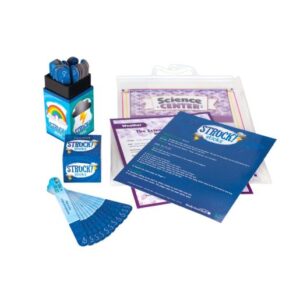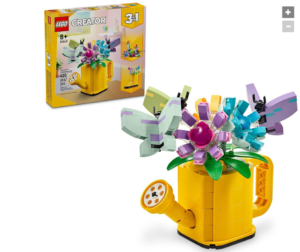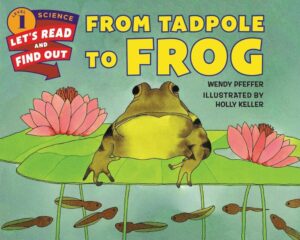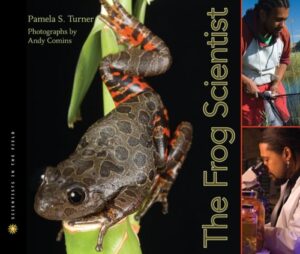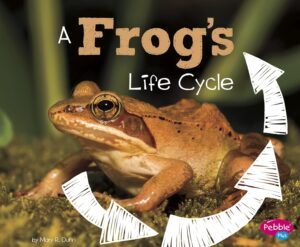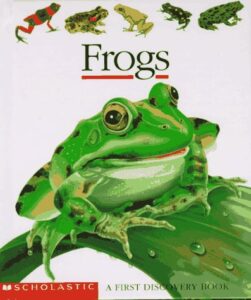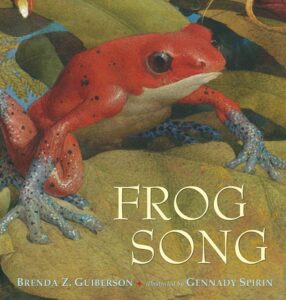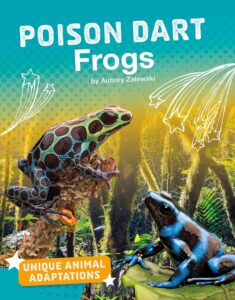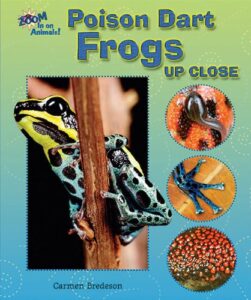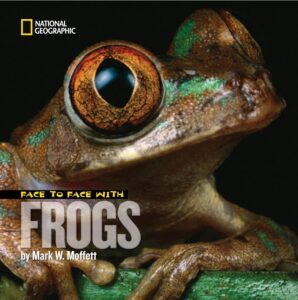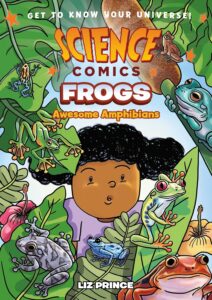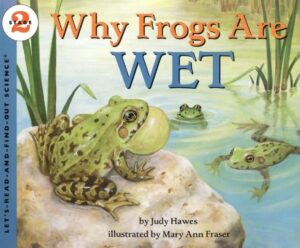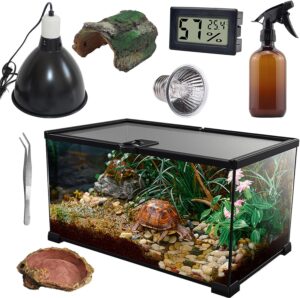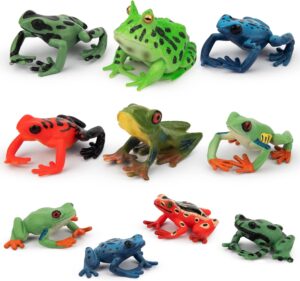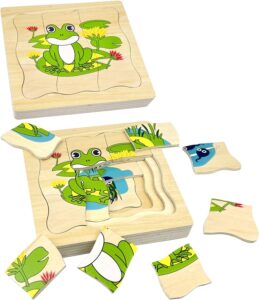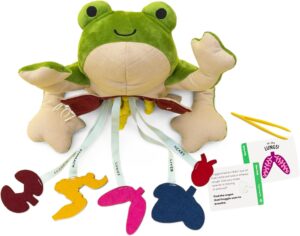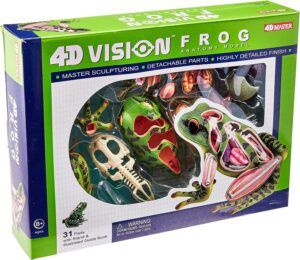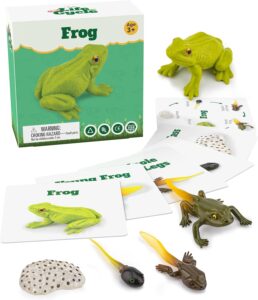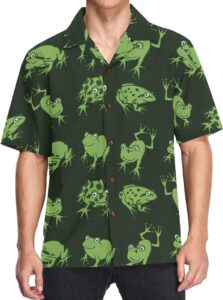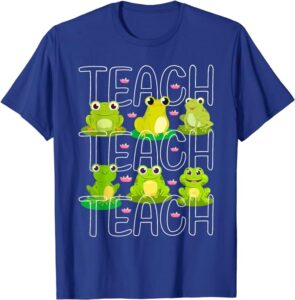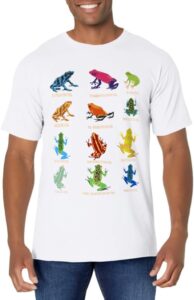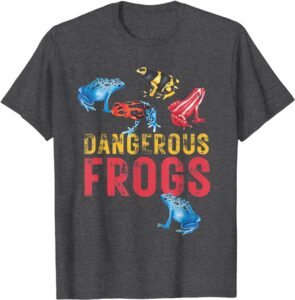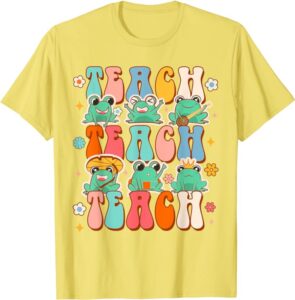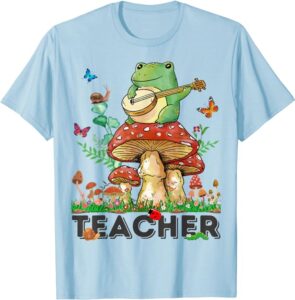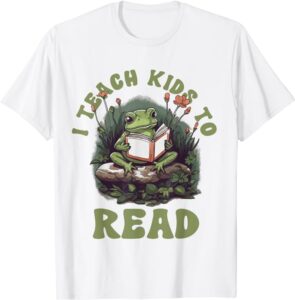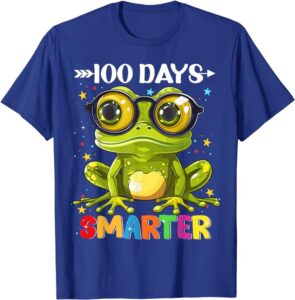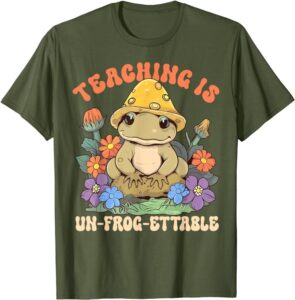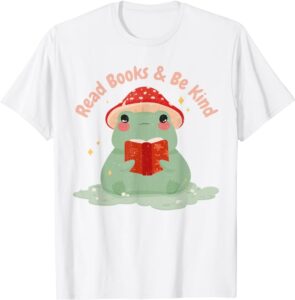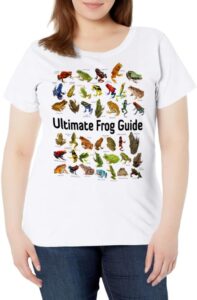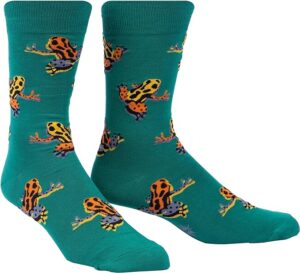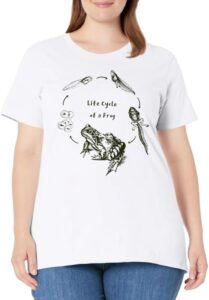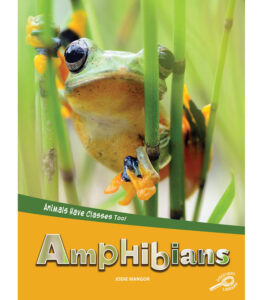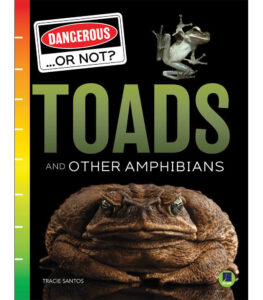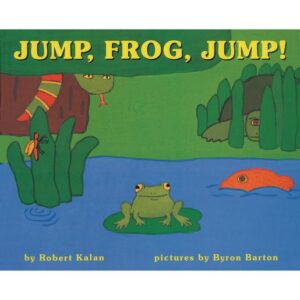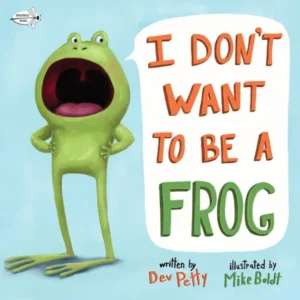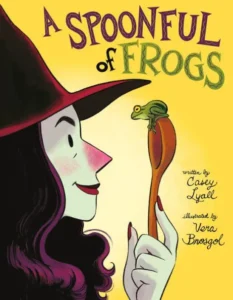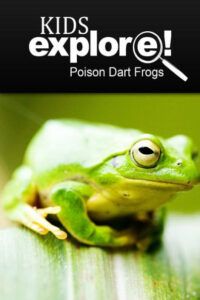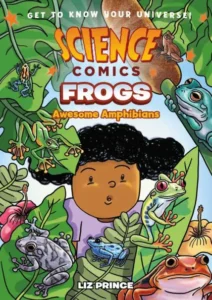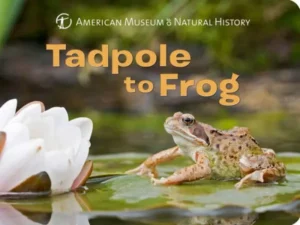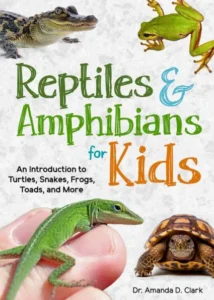As educators, we understand the importance of fostering creativity and fine motor skills in our students, and this spring, it’s all about frog activities for kids! This time around, I’m teaching you how to make a poison dart frog out of clay that you can make with students in the classroom, kids at home, or just for fun if you want a cute little pet of your own that requires no feeding or upkeep. In addition to being fun and cute to make, this poison dart frog craft is also perfect for introducing sculpting techniques, frog science facts, and fun facts about poison dart frogs.

So, grab your aprons and start making your own DIY clay poison dart frog!
Poison Dart Frog Craft: How to Make a Poison Dart Frog Out of Clay
Keep reading to learn how to make a poison dart frog out of clay using simple air dry or oven-baked clay and some simple sculpting tools.
Teach art techniques alongside learning about poison dart frogs and frog biology.
Table of Contents
Before starting the clay frog craft, here is a little background info that you can share with your students, or just have for your own information to learn more about poison dart frogs!
Science Facts about Poison Dart Frogs
From their remarkable abilities to their fascinating life cycle, frogs are full of surprises.
Did you know that frogs have been around for millions of years? These remarkable creatures have evolved over time, adapting to various environments and playing important roles in ecosystems around the world. From the rainforests of South America to the ponds in your backyard, frogs can be found almost everywhere in the world.
Some frogs can even change color to blend in with their surroundings. This remarkable ability, known as camouflage, helps them evade predators and hunt for prey without being detected.
Frogs have an unusual reproductive system. Unlike mammals, which give birth to live young, most frogs lay eggs in water. These eggs hatch into tadpoles, which undergo a transformation called metamorphosis as they develop into adult frogs, who then lay their own eggs and repeat the cycle.
Frog Science Books for the Classroom
Here are some books to learn more about frogs with your class!
Frogs: Scholastic Discovery Book
Frog Heaven: Ecology of a Vernal Pool Book
Poison Dart Frogs Up Close Book
Face to Face with Frogs National Geographic Book
Lesser-Known Facts about Poison Dart Frogs
Here are some lesser-known facts that you might not know about these tiny, fascinating amphibians of the rainforest!
- Poison dart frogs are known for their vivid, often neon-like colors. These colors aren’t just for show; they serve as a warning to predators that the frogs are toxic and not safe to eat. This defense strategy is known as aposematism.
- Interestingly, poison dart frogs are not born with their toxins. They acquire them from their diet. In the wild, they eat certain types of ants, beetles, and mites that have toxic substances, which the frogs then incorporate into their own bodies. Captive poison dart frogs, which don’t have access to these insects, are not poisonous.
- Unlike many other frog species, poison dart frogs exhibit a high degree of parental care. Some species carry their newly hatched tadpoles on their backs to nearby pools of water, like bromeliad leaves or tree holes filled with rainwater, where the tadpoles can develop safely away from potential predators on the forest floor.
- Dart frogs are quite territorial and can be quite aggressive when it comes to defending their space. They use a variety of calls not only to attract mates but also to challenge and ward off intruders.
- Poison dart frogs are of great interest to medical researchers. Scientists are studying their skin toxins to find ways to develop new painkillers and other medicines. Some compounds from their toxins have already shown promise as muscle relaxants and heart stimulants.
Spring STEM Lesson Plans
If you want ready-to-go, low-prep spring lesson plans, you’ll love these resources. Spring science can have an emphasis on regeneration, growth, new life, birth, seasons, and weather.
- March STEAM Lesson Plan Bundle
- April STEAM Lesson Plan Bundle
- May STEAM Lesson Plan Bundle
- Spring Science Experiment Lesson Plan Bundle
- Spring STEM Challenge Cards
- Weather STEAM Lesson Plan Bundle
- Rainbow Science Lesson Plan Bundle
Materials needed for this polymer clay frog tutorials
Don’t get caught unprepared when you try to make this DIY clay frog tutorial. Make sure you have all of the supplies that you will need before starting this project.
Take a look at our list of stuff you’ll need to get you prepped and ready to make a polymer clay poison dart frog!

- Polymer clay
- or air dry clay
- Craft wire
- or pipe cleaners
- or aluminum foil
- Clay sculpting tools
- Acrylic paint
- Paintbrushes
- Cookie sheet
- Parchment paper
- Gloss clay sealer
- Wire cutters
- Apron
Here are some other frog STEM resources you can use to teach frog science to kids.
Frog Teaching Resources
Here are some teaching resources you can use alongside any study of frogs!
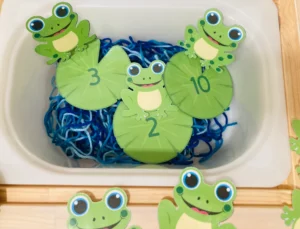
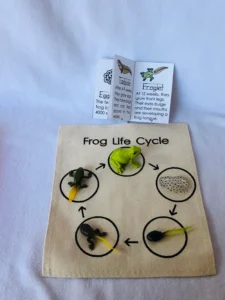
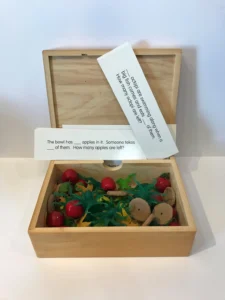
Frog Math Story Word Problems Box
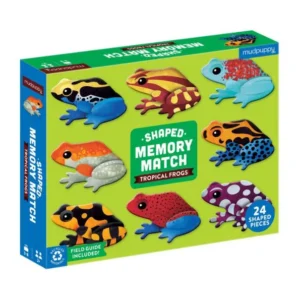
Tropical Frogs Memory Sort Game
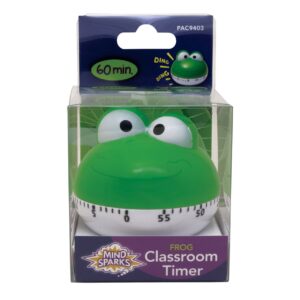
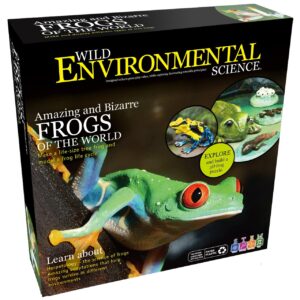
Amazing Frogs of the World Science Kit
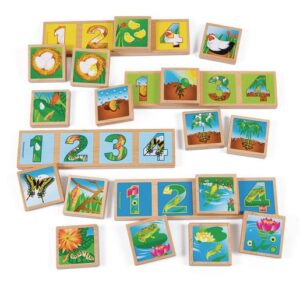
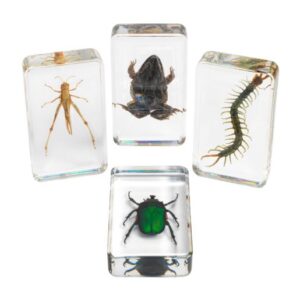
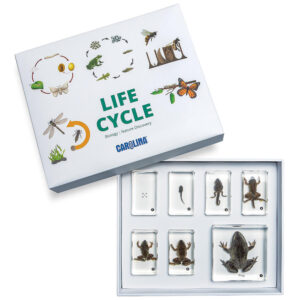
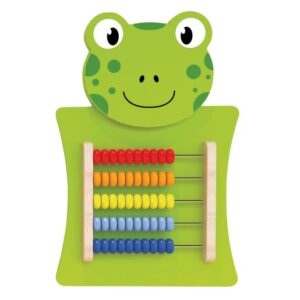
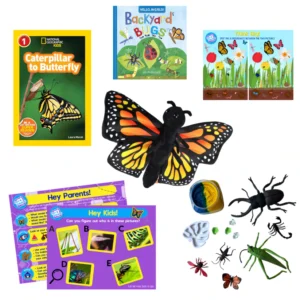
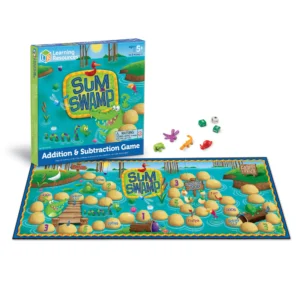
DIY Clay Poison Dart Frog Model STEM Extension Ideas
Here are some study topics expand on this clay frog craft to transform this frog craft activity into a frog STEAM activity!
Encourage your students to research different frog species from around the world. Learn about their habitats, behaviors, and unique adaptations. Then, sculpt clay frogs inspired by these diverse species using the same poison dart frog model.
Frogs can be a bellwether for environmental change. Frogs are sensitive to their environments, so rapid changes in frog behavior or populations can alert scientists that something is off in the frog’s ecosystem, such as habitat loss, pollution, and climate change.
Discuss the importance of conservation efforts to protect these vulnerable creatures and their ecosystems.
If you have a 3D printer available to use in your school or house, try 3D printing a poison dart frog model instead of making it from clay (this is the 3D printer I have at home).
You can also use a 3D pen to build a 3D poison dart frog model if you want a cheaper, easier alternative to a real 3D printer (this one is my favorite 3D pen).
You can show your students how math and art connect by exploring mathematical concepts such as symmetry and proportion while making these 3D poison dart frog models.

Give rulers and calipers to the students so they can measure and compare the dimensions of different frog body parts, ensuring accuracy and balance in their designs. Discuss how mathematical principles contribute to aesthetic harmony and visual appeal in art and design.
Explore the biomechanical principles underlying frog locomotion, such as muscle contraction and skeletal structure. Observe videos of real frogs in motion and analyze their movements.
Frog Shirts for Teachers
When learning about frogs, wear these awesome frog shirts for teachers!
Teach Kids to Read Frog Teacher Shirt
100 Days of School 100 Days Smarter Frog Teacher Shirt
Teaching is Un-frog-gettable Teacher Shirt
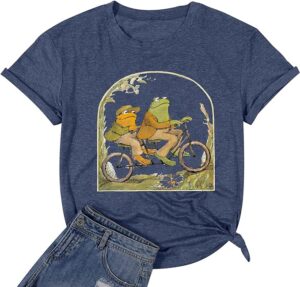
More Frog Activities and Resources
Here are more fun frog-themed activities, lesson plans, crafts, and projects to try with kids from preschool through middle school!
- How Do Frogs Drink Water? How Frogs Drink Water Science Experiment
- Gooey Frog Egg Slime Recipe- Just 3 ingredients!
- 20+ Hoppy Frog Theme Activities with a STEM Twist
- Fifteen Fun Frog Crafts for Kids
Frog Books for Kids
Here are some frog science books and books featuring frogs that you can use in your classroom to go along with any frog STEM activity!
Toads and Other Amphibians Book
I Don’t Want to Be a Frog Book
Kids Explore Poison Dart Frogs
Reptiles and Amphibians for Kids Book
How to Make a Clay Frog Tutorial
Here is how to make a poison dart frog out of clay. Follow along with this easy step-by-step tutorial on how to make a frog from clay! It’s easy to make a clay poison dart frog when you have a simple set of instructions to follow.
While crafting a clay poison dart frog, you can also learn about frog biology, environmental conservation, and artistic techniques along the way.
Print out the lesson below to use it in the classroom or anywhere else you’re not near a screen! Keep your phone clean!
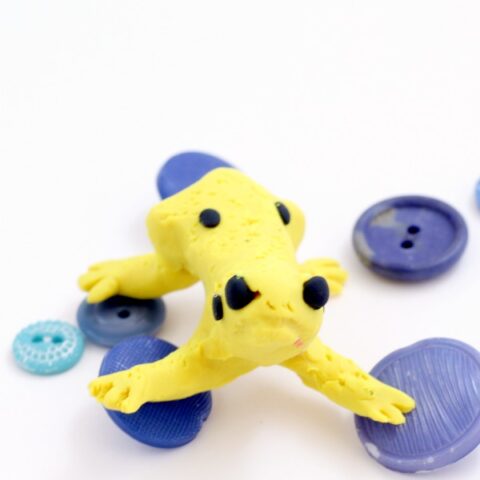
How to Make a Clay Frog
Follow along with this tutorial for how to make a frog out of clay! How to make a clay frog is easier than you think, and this version that looks like a poision dart frog is a fun variation on all of those green frog crafts!
Materials
- Air dry or oven dry clay in multiple colors
- Armature wire
- Parchment paper
- Aluminum foil
- Gloss clay sealer
Tools
- Clay sculpting tools
- Cookie sheet
- Wire cutters
- STEM journal
- Paint brushes
- 3D printer (optional)
Instructions
Gather your materials. You'll need clay (either air-dry or oven-bake), sculpting tools (such as clay modeling tools or even household items like toothpicks and butter knives), and a work surface (like a clean table or a piece of wax paper) 
Cut a length of wire to about 4 times the length that you want your finished frog to be (if you want a 3 inch frog, get a piece of wire about 12 inches long).
Shape the wire into the general shape of the frog's body, four legs, and head. This will make your sculpture stronger and also use less clay. If you don't want to use wire, you can also make the frog shape from aluminum foil.
Start sculpting. Take a small piece of clay and begin molding it into the basic shape of a frog, wrapping it around the metal "skeleton."
Start with the body, then add details like the head, limbs, and eyes. Use your fingers and sculpting tools to refine the shape and add texture. 
Pay attention to the features that make a frog unique, such as its bulging eyes, webbed feet, and bumpy skin. Use your tools to create these details, taking care to make them as realistic as possible. 
Give your frog masterpiece its own amphibian friend too! Experiment and explore different sizes and colors. 
For the last step, seal the frog with glossy mod podge or another glossy sealer to make the frog look more life-like and prevent it from cracking and getting damaged during display or play.
Once your clay frog is complete, you can display it as a piece of art or use it as a playful decoration. 
Notes
Use the poison dart worksheet linked in the product list below to get a complete lesson plan to go along with this art activity!
Recommended Products
As an Amazon Associate and member of other affiliate programs, I earn from qualifying purchases.
-
 Apron Multipack
Apron Multipack -
 Wire Cutters Multipack
Wire Cutters Multipack -
 Parchment Paper
Parchment Paper -
 Cookie Sheets Multipack
Cookie Sheets Multipack -
 Clay Sculpting Tools Class Pack
Clay Sculpting Tools Class Pack -
 Aluminum Foil
Aluminum Foil -
 Sculpting Wire
Sculpting Wire -
 Chenille Stems
Chenille Stems -
 Paintbrush Class SEt
Paintbrush Class SEt -
 Acrylic Paint Set
Acrylic Paint Set -
 Mod Podge Sealer (gallon)
Mod Podge Sealer (gallon) -
 3D Pen Drawing Bundle
3D Pen Drawing Bundle -
 3D Printer
3D Printer -
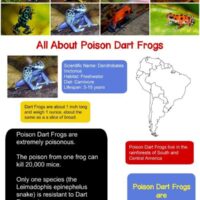 Poison Dart Frog Fact Sheet
Poison Dart Frog Fact Sheet -
 Poison Dart Tree Frog
Poison Dart Tree Frog -
 STEM Activity Worksheets
STEM Activity Worksheets -
 STEM Notebook for Kids
STEM Notebook for Kids -
 STEM Journal
STEM Journal
Spring STEM Supplies for the Classroom
Here are some fun spring-themed activities and kits to add to your spring STEM activities.
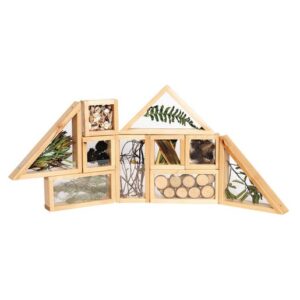
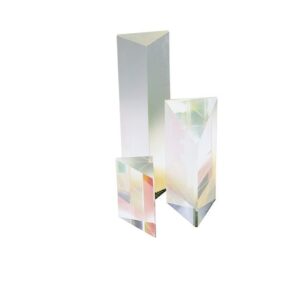
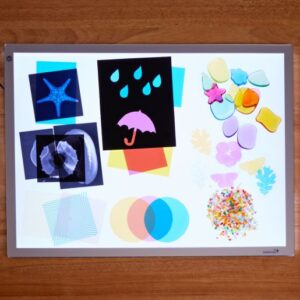
Light Exploration Classroom Kit
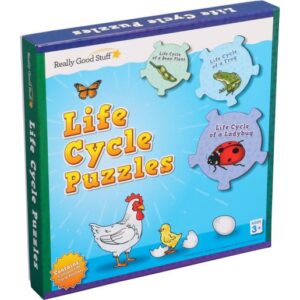

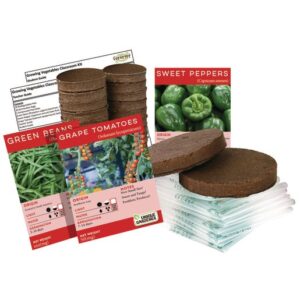
Classroom Vegetable Growing Kit

Botany Lab Experimental Greenhouse
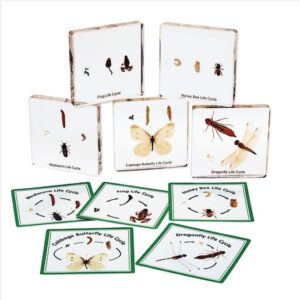
Real Insect Life Cycle Specimens
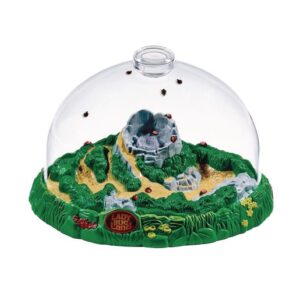
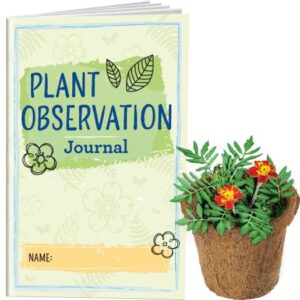
Classroom Plant Observation Kit
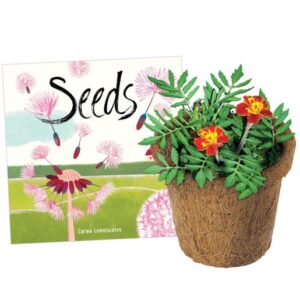
Seeds Book and Classroom Flower Growing Kit
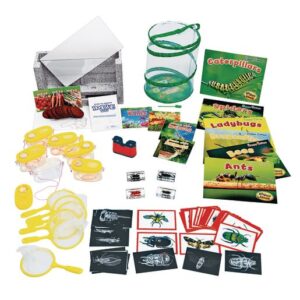
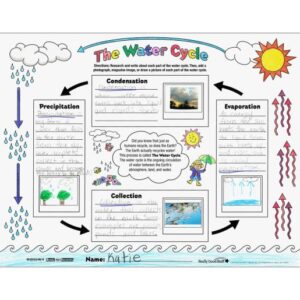
Water Cycle Posters Classroom Kit
